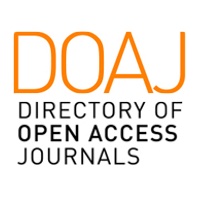EVALUATING THE DIVERSITY AND ABUNDANCE OF MARINE FISH IN THE MAKASSAR STRAIT, INDONESIA THROUGH ENVIRONMENTAL DNA (EDNA) ANALYSIS
DOI:
https://doi.org/10.20956/jiks.v10i2.32405Keywords:
Environmental DNA, marine fish species, metabarcoding, Makassar StraitAbstract
The recent adoption of environmental DNA (eDNA) represents an innovative method for assessing the presence of aquatic vertebrate species, providing a relatively straightforward approach with significant implications for conservation biology. In our investigation, we employed eDNA metabarcoding to explore the diversity of fish in the Makassar Strait. We collected eDNA from samples taken both at the surface and from the water column (15 m depth) at two specific locations within this region. The reliability of the MiFish-U primer set methodology in estimating fish diversity in the Makassar Strait was assessed. In a single survey, based on four water samples from the Makassar Strait, we successfully identified 11 marine fish taxa at the species level. These taxa belong to 8 families across 8 orders. The predominance of reef-dwelling species suggests that coral reefs play a dominant role as the primary ecosystem in this area. Among the surveyed sites, Barru Waters exhibited the highest species richness (7 species), while Pangkep Waters only revealed 4 species. Through the application of eDNA metabarcoding, this study provided a means to assess fish diversity, delivering crucial foundational information. Our findings highlight the cost-effectiveness of the eDNA metabarcoding method as a powerful scientific tool for the management and conservation of marine fish resources in the Makassar Strait.
Downloads
Published
Issue
Section
License

This work is licensed under a Creative Commons Attribution-NonCommercial 4.0 International License.

This work is licensed under a Creative Commons Attribution 4.0 International License













